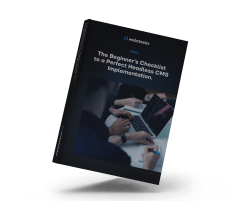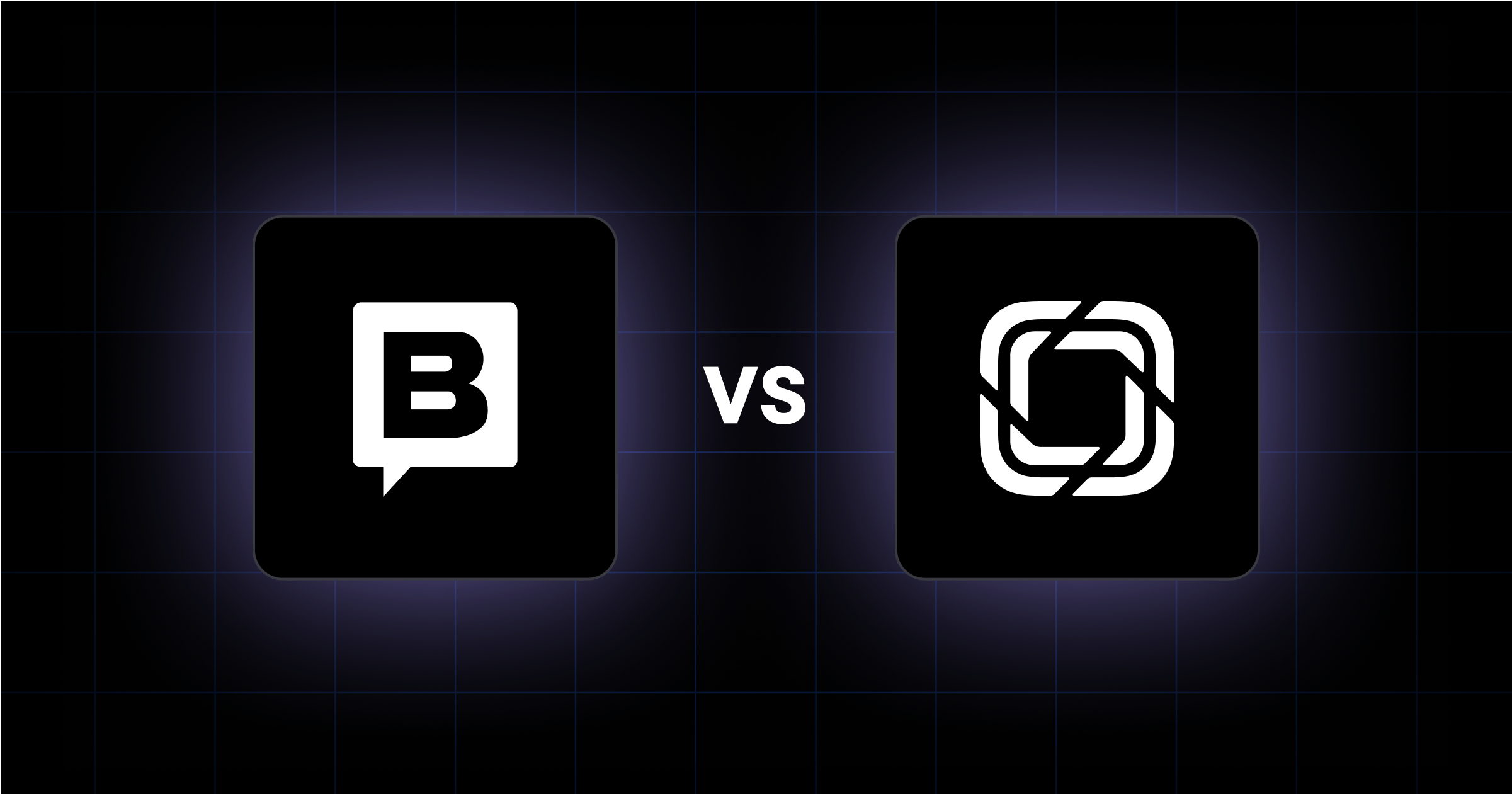Embarking on a website redesign involves more than refining the visuals. It can significantly boost performance and conversions when backed by Conversion Rate Optimization (CRO) principles.
Whether you’re a marketing director, digital manager, or a business owner, your goal is to improve ROI and user engagement. Incorporating CRO in each phase of the project shapes a site that looks sharp and encourages visitors to become loyal customers, delivering measurable impact.
In brief:
- CRO considerations can prevent declines in conversions and revenue after a visual redesign.
- Data-driven tactics (like heat mapping and A/B testing) guide better decisions throughout the process.
- Examining user behavior and competitor UX reveals friction points and missed opportunities.
- Focusing on UX, conversion paths, and trust elements leads to measurable gains in conversions and ROI.
Why CRO Should Drive Your Website Redesign
When CRO principles guide your website redesign, every design decision becomes purposeful and data-driven. Companies that implement CRO strategies during a redesign often see a jump in conversion rates within months after launch.
This significant lift is a result of strategic updates such as streamlined navigation, clearer calls-to-action, and simplified user journeys.
But if you forgo CRO in favor of aesthetic-driven changes, this can lead you to make serious web design mistakes, creating friction in the user journey or disrupting existing conversion paths.

Key Components of a High-Converting Website Redesign
When approaching a website redesign with conversion rate optimization in mind, three core pillars work together to create a website that not only attracts visitors but also converts them into customers.
1. User Experience (UX) Optimization
A strong focus on user experience goes beyond aesthetics. It involves creating an intuitive journey for visitors:
- Clear, logical navigation
- Consistent branding across all pages
- Fast load times
- Mobile responsiveness
- Accessibility features for all users
Following a responsive design checklist can ensure your site adapts to various devices seamlessly.
On a technical level, responsive design techniques, optimized images, and semantic HTML structure all play a part in making the experience smooth. Leveraging modern frameworks like Gatsby development expertise can also improve site speed and user experience.
2. Conversion Path Improvements
The conversion path spans every step a user takes from an initial visit to a completed action. Strengthening this path can significantly raise conversion rates. Tactics typically include:
- Strategic placement of calls-to-action (CTAs)
- Removing unnecessary steps in forms or purchases
- Visual hierarchy guiding users toward key goals
- Minimizing distractions on crucial conversion pages
Throughout this process, rely on tools that facilitate the following processes to make your job easier:
- A/B testing to compare different page variations
- Funnel analysis to identify where users drop off
- Heatmaps to see real interaction patterns
3. Trust and Credibility Building
Trust plays a significant role in influencing visitor conversions. Building up your credibility can be achieved by incorporating testimonials or reviews from satisfied customers, showcasing any relevant certifications or awards, featuring logos of reputable partners or clients, displaying trust seals or security badges, and highlighting positive media mentions or press coverage.
Step 1: Planning Phase
Before starting a redesign, run a thorough CRO analysis to guide decisions and set the stage for improvements that go deeper than visual changes.
Analyze Current Website Performance Metrics
Start by establishing baseline performance metrics to measure the impact of your redesign. Focus on these key performance indicators:
- Bounce rates across key landing pages
- Conversion rates for primary goals
- Page load times and performance metrics
- Traffic sources and their respective conversion rates
- User flow and drop-off points
Implement comprehensive tracking using Google Analytics as your primary tool, and add specialized tools for deeper insights. Set up proper tracking parameters to preserve query data, which helps maintain visibility into traffic sources and user journeys.
User Behavior Analysis and Heat Mapping
Understanding how users interact with your site provides valuable insights for redesign decisions. Implement these analysis methods:
- Heat mapping to visualize click patterns and scroll depth
- Session recordings to observe real user journeys
- Form analytics to identify abandonment points
- User surveys and interviews for direct feedback
Tools like Hotjar or Microsoft Clarity can help visualize user behavior. When conducting focus groups, aim for a sample size of 20-50 participants to gather meaningful qualitative data.
Key questions might include:
- Where do users spend the most time?
- What elements are they trying to click that aren't clickable?
- Where do they abandon forms or processes?
- How far do they scroll on key pages?
Competitive UX Analysis
Create a structured framework for analyzing competitors’ websites to spot opportunities and avoid pitfalls. You can break down your UX analysis into the following sections:
Feature Comparison
- Document key functionality and user flows
- Identify unique features that drive engagement
- Analyze conversion paths and call-to-action strategies
Design Elements
- Navigation structure and menu organization
- Mobile responsiveness and adaptive design
- Content presentation and hierarchy
User Engagement Strategies
- Lead capture methods
- Trust-building elements
- Social proof implementation
Use tools like SimilarWeb for traffic insights and UserTesting for objective user feedback on competitor sites. Document your findings in a comparison matrix to spot patterns and possibilities. Test across multiple devices and browsers to capture the full user experience.
Step 2: Implementation Phase
Once you’re ready to implement your CRO redesign, first establish an A/B testing process to confirm you’re making the right design decisions. The steps can include the following:
- Define clear test objectives tied to conversion goals
- Select specific variables to test (headlines, CTAs, layouts)
- Use dedicated testing platforms like Optimizely or Google Optimize
- Split traffic randomly between test versions
- Run tests for enough time to achieve statistical significance
- Document and implement winning variations
For complex sites, multivariate testing can assess multiple elements simultaneously.
Mobile-First CRO Considerations
People often browse on mobile devices, so your redesign should also follow mobile UX best practices:
- Design touch targets of at least 44×44 pixels
- Use collapsible navigation menus to save space
- Place critical CTAs within easy reach
- Make form fields large enough for easy tapping
- Avoid interactions that require hovering
- Test load times on 3G and 4G connections
Performance Optimization Techniques
None of your design changes will have the desired impact if your website performance is lagging. To avoid a slow website, use a Content Delivery Network (CDN). It can improve website performance by hosting assets in multiple regions, using automatic image optimization, and enabling browser caching.
Resource optimization is another important step to take during a website redesign. Start by minifying CSS, JavaScript, and HTML files to reduce their size. Next, compress images without sacrificing quality to ensure faster loading times. Additionally, delay the loading of below-fold content, which appears after the user has scrolled down the page. Finally, bundle CSS and JS files effectively to further improve page load speed.
To optimize the critical rendering path, inline any CSS critical to the initial page display directly within the head of the HTML document.
For any non-essential JavaScript, use the 'defer' attribute to postpone its execution until after the primary page content has loaded. Ensure that content visible above the fold is given priority in the loading sequence. Additionally, use resource hints such as 'preload' and 'prefetch' to indicate to the browser which resources should be fetched in advance.
Step 3: Post-Launch Phase
The work isn't done after you launch your redesigned website. In fact, it marks the beginning of monitoring performance metrics and making ongoing improvements based on that data. Build a monitoring system that collects quantitative and qualitative data:
- Google Analytics for core metrics
- Heatmapping tools like Hotjar or Crazy Egg
- Session recording software for user journeys
- Feedback forms and surveys for direct input
Keep an eye on metrics that shape conversions, including:
- Conversion rates by traffic source
- User flow on key paths
- Form completion rates
- Exit rates on top pages
- Time on critical pages
Iterative Improvement Process
Adopt a hypothesis-driven method. If your analytics show a high drop-off on the pricing page, hypothesize a clearer layout or simpler pricing model. Then, test that idea.
Implement a monthly review cycle to analyze website performance, prioritize changes, and implement A/B tests. Each review should include analyzing performance data for trends, reviewing user feedback and session recordings, identifying high-impact changes to prioritize, running A/B tests on prioritized changes, and tracking and measuring experiment outcomes.
The Next Steps
Integrating CRO principles into your website redesign will help you achieve and sustain growth. By focusing on user experience, optimizing conversion paths, and continually monitoring performance, you set the stage for significant improvements in your site's effectiveness.
To see real-world examples of websites that take CRO optimization to the next level, check out our picks for the best B2B SaaS websites and get inspired.
If you need further guidance, download our Best B2B SaaS Websites eBook to help you discover more inspiring examples and actionable insights.




